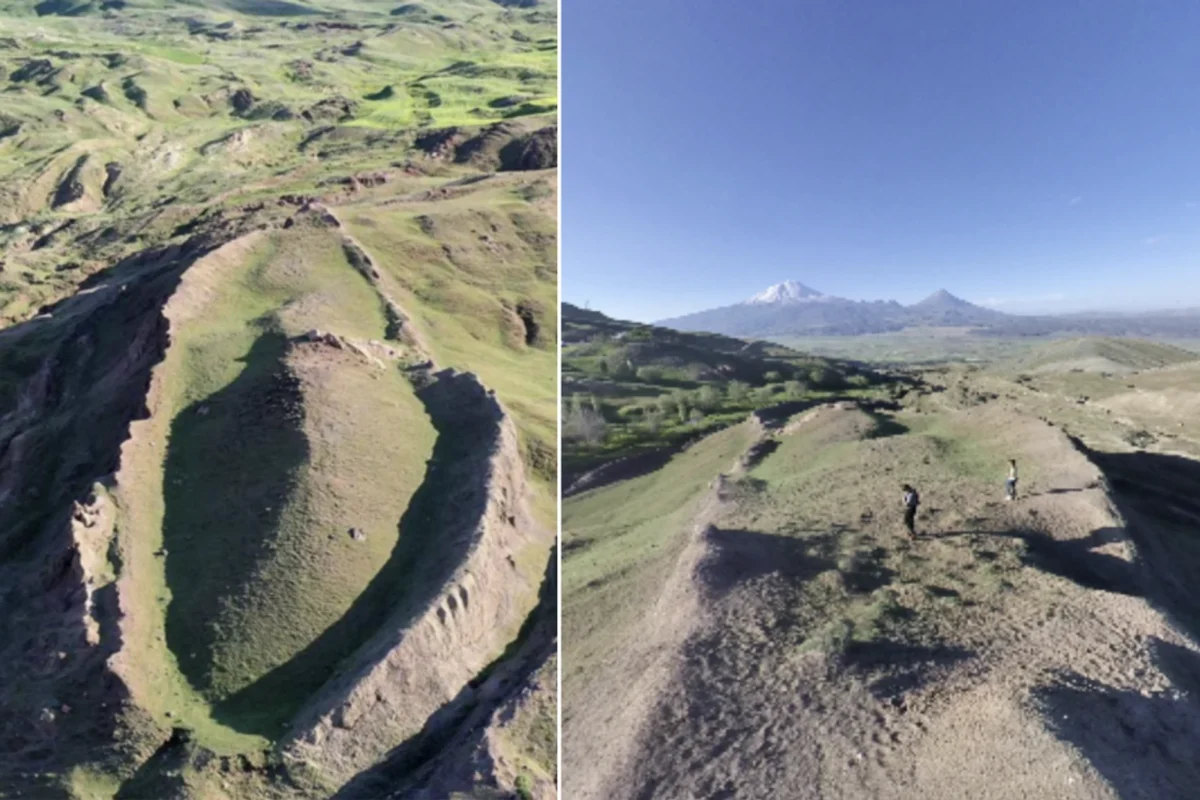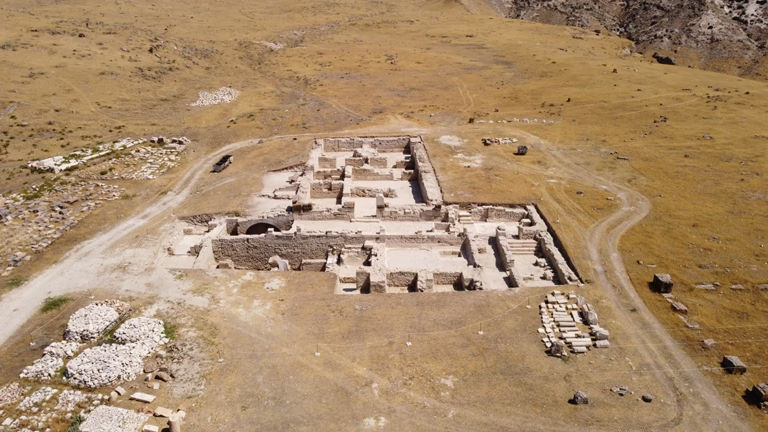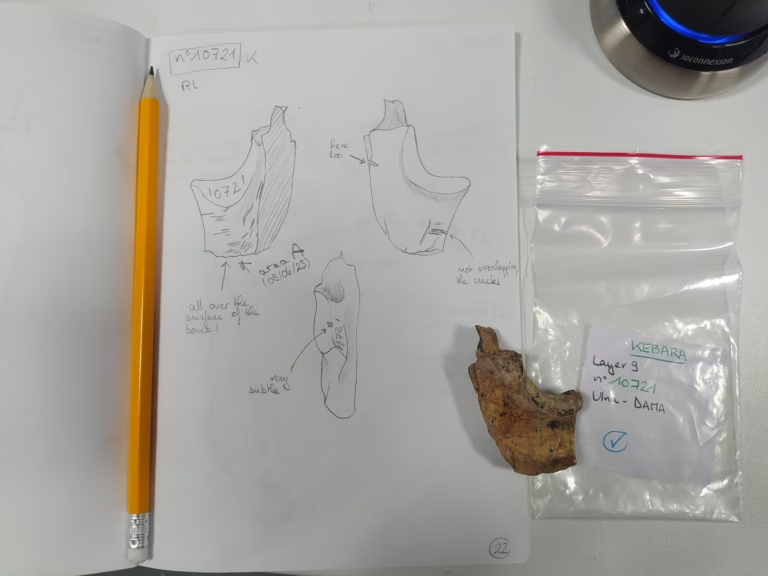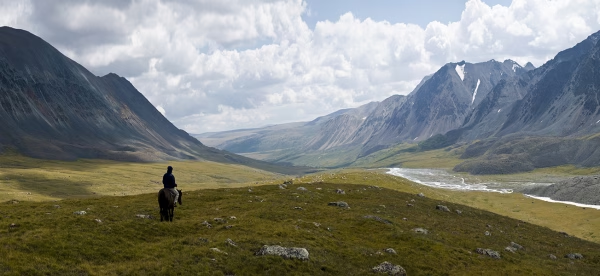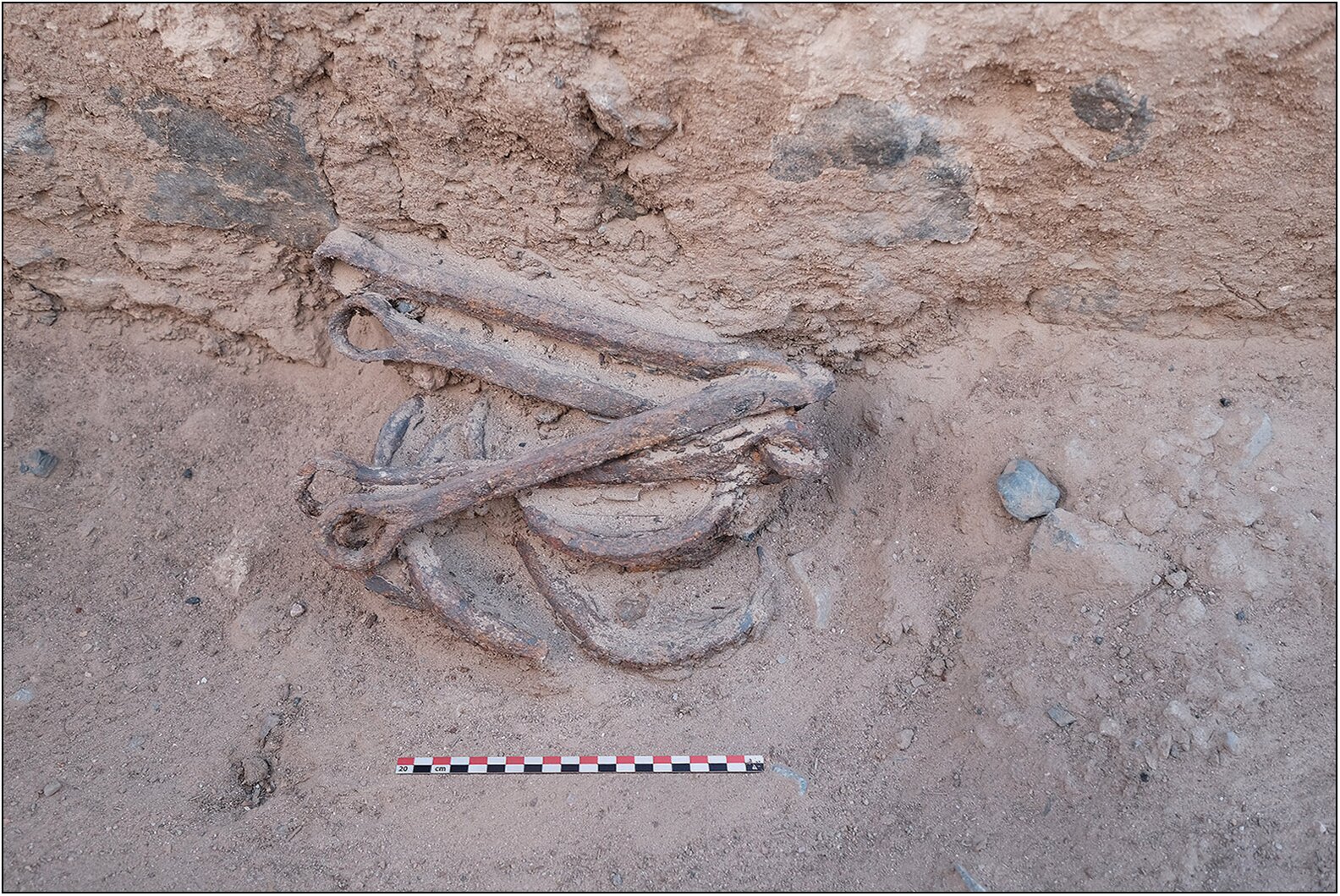Have traces of a legend that has persisted for thousands of years been found on the mysterious slopes of Mount Ararat? Recent discoveries have reignited claims that the fossilized remains of Noah’s Ark may be located in this region. Experts have identified a boat-shaped mound in the Durupinar Formation, approximately 30 kilometers south of Mount Ararat. This discovery has caused great excitement in the scientific world.
Durupinar Formation: Striking Resemblance to the Biblical Ark
An international research team comprising experts from Istanbul Technical University, Ağrı İbrahim Çeçen University, and Andrews University in the USA examined the Durupinar Formation. This 164-meter-long geological structure has dimensions quite similar to the description of Noah’s Ark in the Bible. According to the Bible, the ark was “300 cubits long, 50 cubits wide, and 30 cubits high.” This similarity is one of the most significant details that caught the researchers’ attention.
5,000-Year-Old Secret: Traces of Marine Life and Evidence of the Chalcolithic Period
The research team subjected 30 rock and soil samples collected from the area to detailed analyses at Istanbul Technical University. The results revealed significant findings such as clay-like materials, marine deposits, and remnants of marine life. These materials were determined to date back approximately 3,500 to 5,000 years, corresponding to the Chalcolithic period. This time frame also aligns with the biblical account of the great flood.

Prof. Dr. Faruk Kaya, Vice Rector of Ağrı İbrahim Çeçen University, stated, “The initial results indicate human activity in this region since the Chalcolithic period.” Kaya emphasized that more comprehensive research to be conducted in the Mesopotamian region would play a critical role in illuminating this mystery.
Debates and New Research
The question of whether the Durupinar Formation is Noah’s Ark continues to cause differing opinions in the scientific world. While some geologists argue that this formation is a natural geological structure, researchers continue to support their claims with the evidence they have obtained. The team shared their findings with the public at the 7th International Mount Ararat and Noah’s Ark Symposium held in late 2023.
From Legend to History: In Pursuit of Noah’s Ark
The legend of Noah’s Ark continues to captivate humanity’s curiosity for thousands of years. Researchers believe that this legend is not just a myth but can also shed light on historical facts. The studies at the Durupinar Formation are seen as an important step in solving this mystery. Scientists are continuing their work to illuminate one of history’s greatest secrets.
